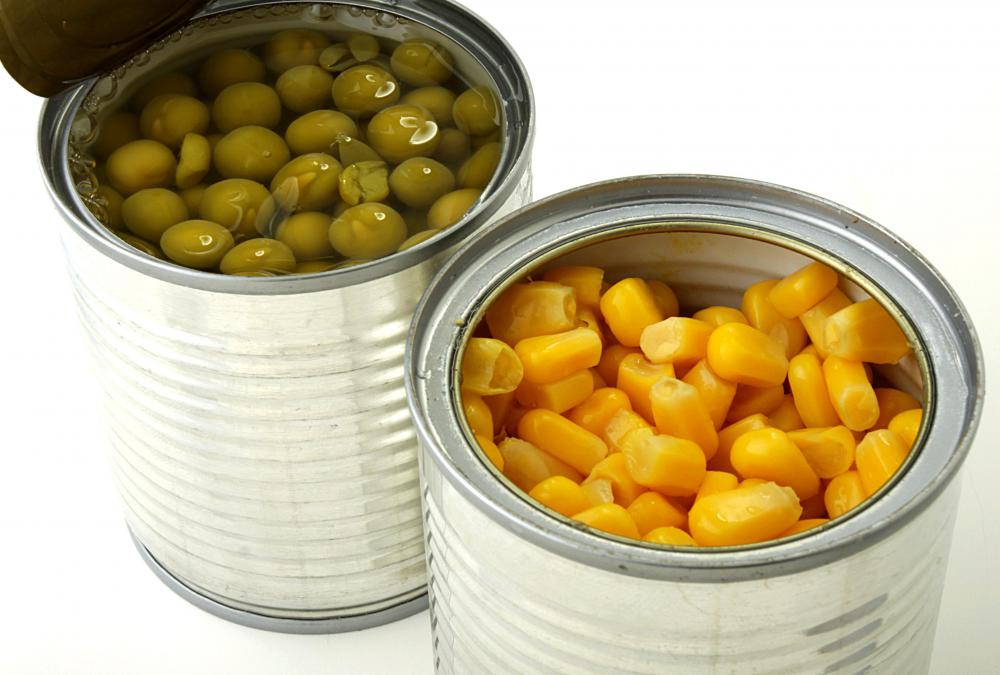At WiseGEEK, we're committed to delivering accurate, trustworthy information. Our expert-authored content is rigorously fact-checked and sourced from credible authorities. Discover how we uphold the highest standards in providing you with reliable knowledge.
What is Nutrient Density?
Nutrient density, sometimes abbreviated as ND, is a term that usually refers to the number of healthy nutrients a food has in respect to the number of calories or kilojoules it contains. A food with a high level of nutrient density often contains several vitamins and minerals, as well as phytochemicals and essential fatty acids, but it must also contain a relatively low number of fats, sugars, and energy content. Typically, fresh, colorful fruits and vegetables, lean proteins, and whole grains are foods with a high level of nutrient density. These healthy choices, often called superfoods, are the opposite of “empty calorie” foods and should be a staple of a well-balanced diet.
For those who are trying to lose weight or simply want to maintain a healthy diet, superfoods generally make the best choice for most meals and snacks. To choose the foods with the most nutrient density, one may consider his options in two ways. First, one might choose options equaling roughly the same size, then deducting the number of nutrients versus the number of calories in each choice. Though a banana and a small, plain bagel may seem like the same amount of food, the banana has more vitamins and fewer calories or kilojoules than a bagel and would thus be the healthier choice.

On the other hand, one might consider two options of different portions that have the same energy content. A small serving of French fries could have the same number of calories or kilojoules as a tuna wrap containing lots of vegetables and a whole wheat tortilla. In this instance, the tuna wrap, even though it offers the same energy content as the French fries, would be the better option; this is because the wrap contains far more nutrients.

Fruits and vegetables that have not been processed almost always offer a high level of nutrient density. Canned foods are often stored in sugary syrups that can alter the nutrition level of an otherwise healthy food. Lean cuts of meat like fish, chicken, and turkey are also fairly healthy, as are fresh whole grain products. Most foods at the grocery store offer a nutrition label that one can check to confirm how nutrient-dense a particular food is.

While nutrient-dense foods should be eaten more often than energy-dense foods, one should not eat superfoods only. A moderate level of fat intake is necessary for proper bodily functions. When one does not consume enough fat, the body may go into “starvation mode," slowing the metabolism drastically to conserve fat stores. Eating only foods with a low energy content may not be suitable for athletes or young children, who typically burn energy at a higher-than-average rate. A certified nutritionist or a doctor may help one find the proper balance of foods for a healthy diet.
AS FEATURED ON:
AS FEATURED ON:



















Discuss this Article
Post your comments